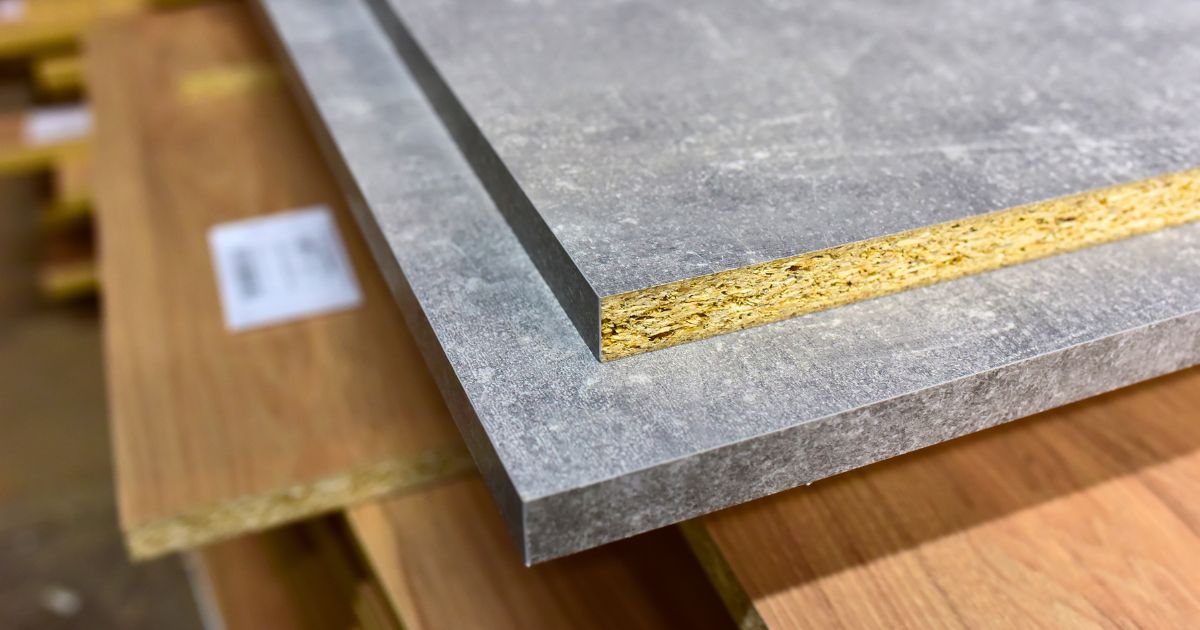Choosing a structural sheathing material based on your environment and housing needs is an essential step that wise homeowners should think about if they don’t want to stress about its repair in the future. Some house owners might rely on the construction worker’s decision, but clearly, this is just a bait.
Workers want to save their construction expenses so they can take away what’s left on your budget, without considering the structure of the sheathing material.
To help you decide, here are the best fiberboard sheathing options you should recommend to your personnel for better housing construction.
Why Should You Choose Fiberboard Sheathing Material?
There are many types of wall sheathing materials on the market including plywood, Oriented Strand Board (OSB), etc. But if you live in a colder environment and want an affordable option for wall sheathing, fiberboard is the one for you. Other advantages of fiberboard are:
- Sound barrier. Fiberboard is great in sound-proofing your house.
- Budget-friendly. Fiberboard costs less than other materials in the market. It does not require extensive tools to cut it.
- Multiple applications. Fiberboard can be used as an exterior wall sheathing or roof sheathing (find out the best roof sheathing thickness level).
- Recommended for cold and humid places. Walls with fiberboard absorb humidity in the room and release it outside. Keep the humidity of your room balanced for a long time with fiberboards.
- Water-resistant coating. Fiberboard is made out of plant cellulose fibers mixed with adhesive substances and water-resistive coating that allows them to have an external layer with water resistance capability.
- Recommended in structural exterior construction. Fiberboard doesn’t swell or deteriorate with exposure to moisture if compared to plywood.
Fiberboard sheathing has a lot of benefits including its economic cost. A sheet of fiberboard can cost from $10 to $40, recommended for people on the budget but want a sturdy wall structure.
5 Best Fiberboard Sheathing Options
Here are the top 5 fiberboard sheathing that you can use to increase the integrity of your house.
1. Barricade® Thermo-Brace Structure Sheathing
Barricade Thermo-Brace is made up of fiberboard that has greater structural strength, thinner layers, lower weight-to-strength ratio than OSB. It is advisable to use this fiberboard for normal to hot environments since it has thinner materials without sacrificing the entire integrity of the house structure.
What’s unique about the Thermo-Brace is its composite core that provides better moisture resistance properties than plywood, OSB, and other sheathing materials. If you are not tight on budget and want to invest in high-quality fiberboard, Thermo-Brace will satisfy your needs.
Recommended Applications
- External wall sheathing
- Roof sheathing
2. Medium Density Fiberboard (MDF)
MDF is made out of adhesives and wood fibers that are pressed by machines to form a board. It has a smoother surface than regular fiberboards because of its uniformed wood grains. MDF is recommended to use if you want to make higher-end furniture for a restaurant or your home such as making heavy-duty cabinets.
MDF is an elevated version of normal fiberboard that is cheaper and with a smoother surface. A sheet of MDF costs around $35, which is cheaper than a regular $40 plywood.
Recommended Applications
- House and restaurant furniture
- Walls sheathing in high moisture places
3. Danterr® Vector Fill Fiberboard
Vector Fill is a sheet-based impregnated fibreboard that is used to make and fill expansion joints in pre-cast concrete structures. This fiberboard performs best in footpath, concrete, and surrounding wall constructions.
Recommended Applications
- Joint filler for floors and runways
- Concrete retaining walls and bridges
- Basement structure
4. Blue Ridge® Premium Insulating Sheathing
Premium Insulating fiberboard sheathing’s best strength is its great moisture resistance. This fiberboard is a sustainable wall sheathing material that is made from recycled and wood fibers.
Humidity and water leaks produce entrapped moisture in exterior walls where molds are being developed. The premium insulating sheathing allows the moisture to evaporate into the atmosphere.
Recommended Applications
- Roof sheathing
- Interior and exterior wall sheathing
- Wall sheathing around doors and window openings
5. Celotex Fiberboard
Celotex fiberboard is among the most widely used insulating materials in the fiberboard sector. It is designed to fill the void of the outer walls. This fiberboard is commonly used in the attic or between the floors to reduce heat loss.
Celotex fiberboard is also used around door and window openings, as well as in areas where cables and pipelines pass through the outside walls.
Recommended Applications
- Attic ceiling insulation
- Stud cavity insulation
- Walls with doors and windows
- Residential housing structure
Think of what kind of application you will be using the fiberboard before buying it. In this way, you will know each material’s strengths and weaknesses according to your project.
This concludes the best fiberboard sheathing options you can use based on different applications. Use this guide to get the type of fiberboard that will work the best for you.











